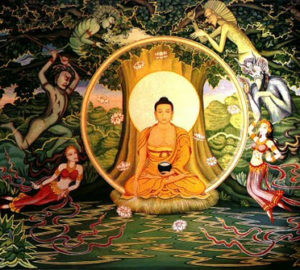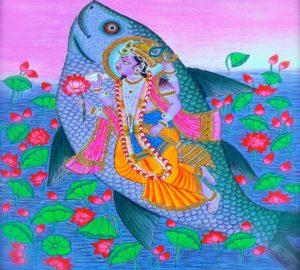Kalki – Tenth
Contents Introduction The Kalki Avatar Iconography Temples Symbolism References Introduction Kalki is the tenth and future incarnation of Vishnu. It is predicted in various puranas and other texts that Vishnu will incarnate himself as Kalki at the end of Kali Yuga. Kalki is predicted as the destroyer of ‘Mlechhas’ TheRead More →





